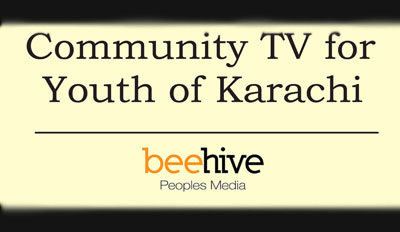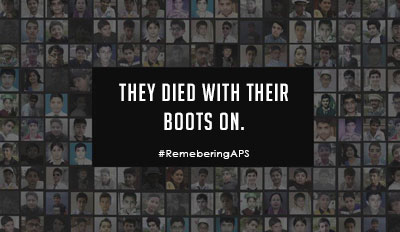Street crimes: who is to blame
By Muhammad Imran
27 March 2016
Street crime is not a by-product of modern day life. Protagonists like valmiki, Aladdin, Robin Hood, and Captain Jack Sparrow would never have existed otherwise. Such kind of idealistic or fictitious historical characters emerged from or had been a part of the criminal world. Their perception of a good anti-hero or a sympathetic villain in the mind of youths is another debate entirely.Street crimes involve different types of people and causes. One common factor, however, is the age group. Most of the street criminals observed are youth. The agility, dexterity, and short-term risk required for executing street crimes are generally found in teens and those belonging to the age bracket of twenties. What is the bounty? Handy cash amount, mobile phones, gold rings, wrist watches, credit cards, motor bikes, and valuables – all attractive rewards for a youngster. Experts of criminology, psychology, and law-enforcing agencies have outlined various causes of street crimes, among them poverty being its top most precursor. If poverty, however, were the main reason then should not women outnumber the men in looting, robbing, stealing, and snatching, since the ratio of poverty and lack of monetary privileges are far higher among the fair sex around the globe? Secondly, if poverty were the sole reason then villagers, herdsmen, miners, labourers, dwellers of desert, and tribal-men of mountain should all be criminals, for they all fall far below the poverty line.
Poverty alone does not lead to street crimes, though poverty coupled with a lawless urban structure, a neighbourhood in the clutches of mafia, an easy access to guns and drugs, widespread racism, sense of deprivation and non-exclusion and with socio-economic injustice can easily drag a youth to the world of crime.
The street crime stricken areas of Karachi, for instance, Lyari, Sohrab Goth, Shah Faisal Colony, Banaras, Orangi, Manghopir, Qasba, Korangi, Ibrahim Hydri, Gizri and Machhar Colony are all plagued by the aforementioned reasons. These neighbourhoods have been under the dark shadows of gangs and criminal groups, unfortunately supported by political parties and pressure groups under the cover of NGOs, and even police. In the absence of opportunities and privileges that give space to them in the mainstream society, easy availability of weapons prompts youngsters to get quick money and secure power wherever they can. The means and milieu are all there. What’s left? Nothing, but a sense of guilt, to recompense later in life or in jail.
Street crime also thrives in the lap of affluence. This is a global phenomenon, not merely limited to posh localities and cantonment areas of Karachi, Lahore and Islamabad. Apparently, the educated sons of rich bureaucrats, veteran politicians and successful businessmen involve in street crime for fun and adventure too. Their fun and adventure, however, is a mask covering their skewered psychology. Well-off and well-educated street criminals are generally brought up in broken family, torture at the hands of an abusive parent or parents, had faced abandonment or encountered sexual abuse in their early years. Consequently, the revolt, revenge, and retaliation of these circumstances produce a crop of well-off and well-educated street criminals.
One cannot blame poverty alone for street crimes. Instead of looking into the frivolous reasons like economic backwardness etc, one should look into the general degradation in a society that is more infrastructural and institutional than just believing that the poor people, since they live in streets, are street criminals. We continue with this faulty reasoning and we will end up with achieving nothing. Except for more frustration, and perhaps, more street crimes.








